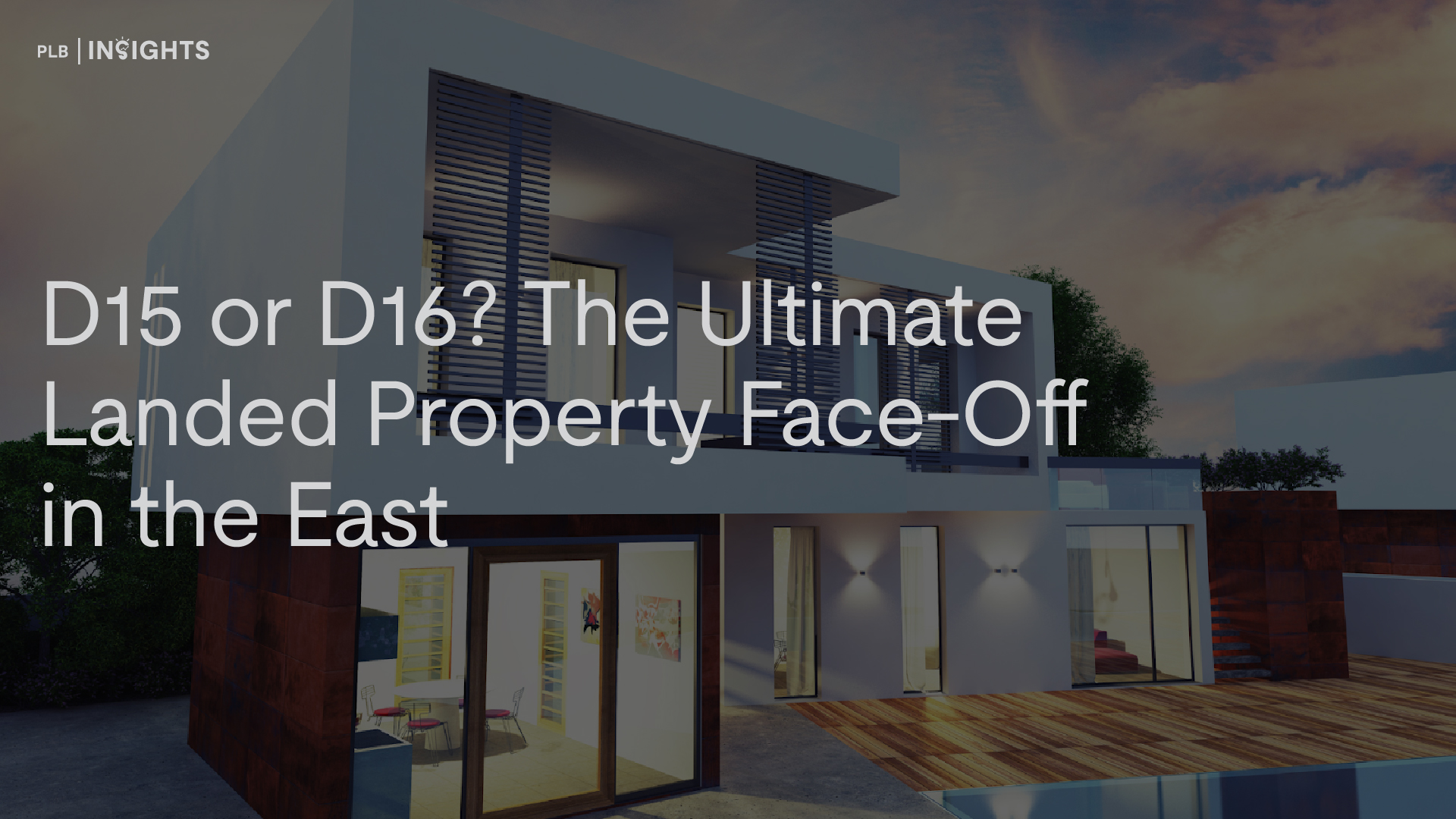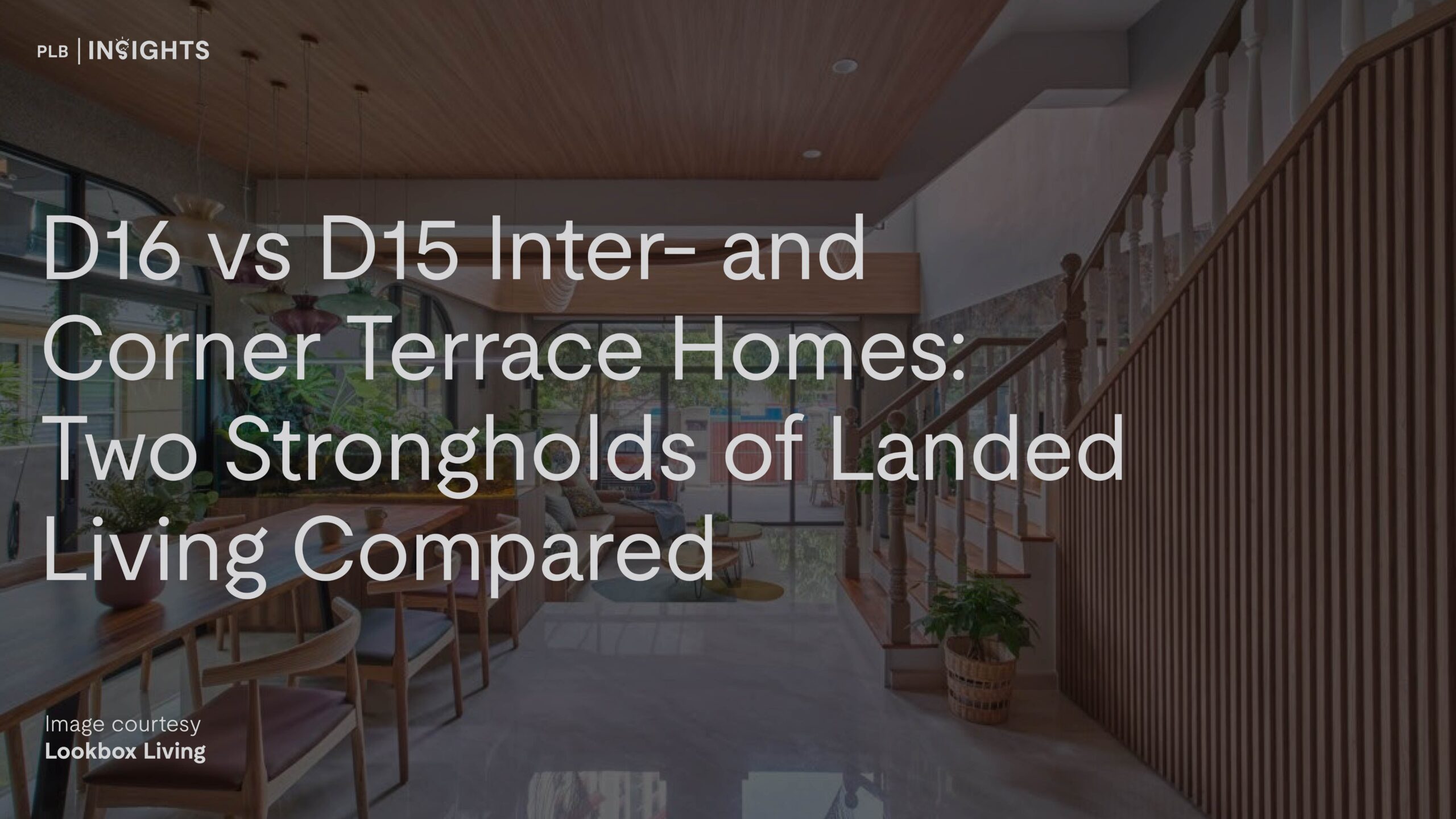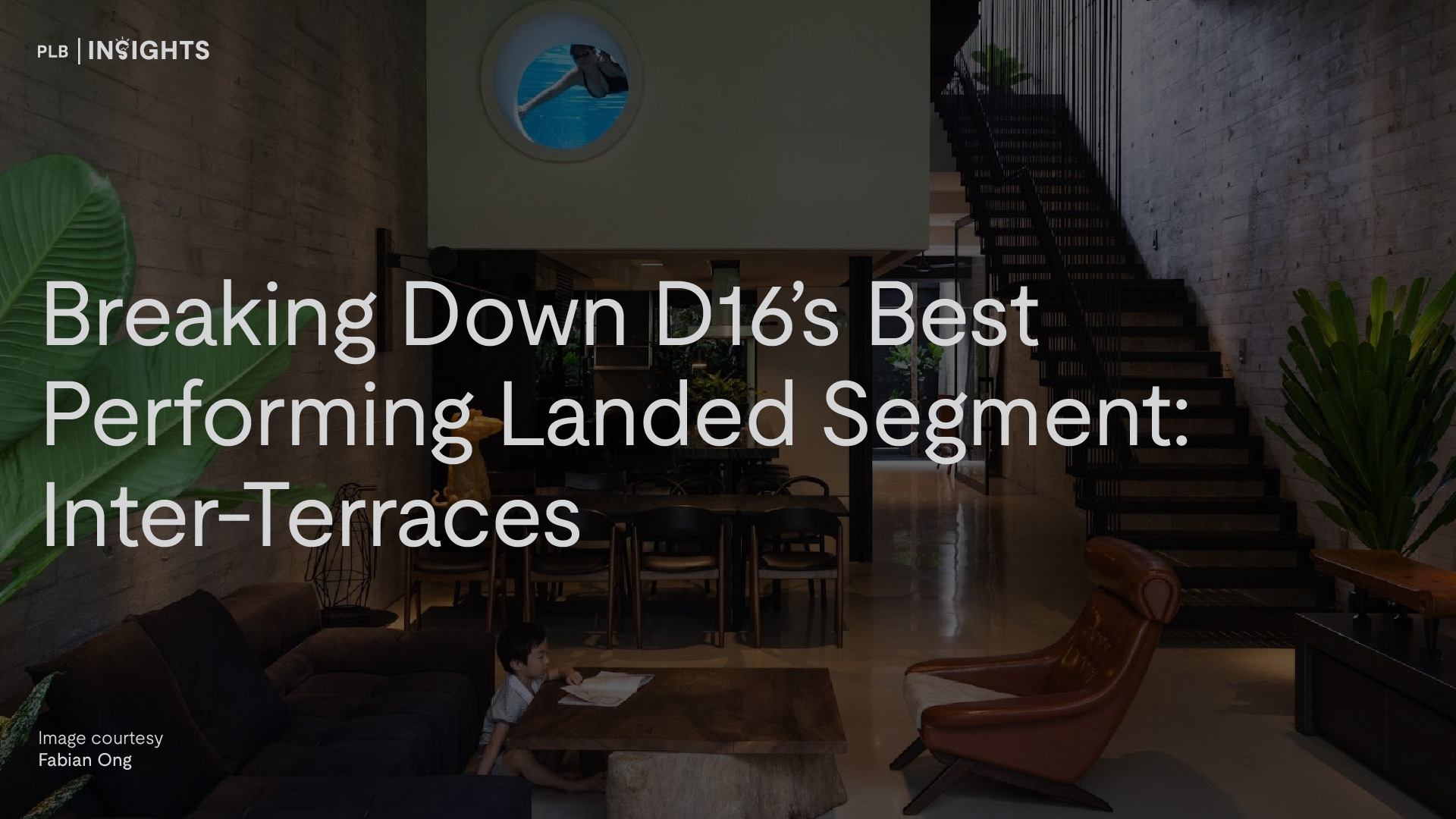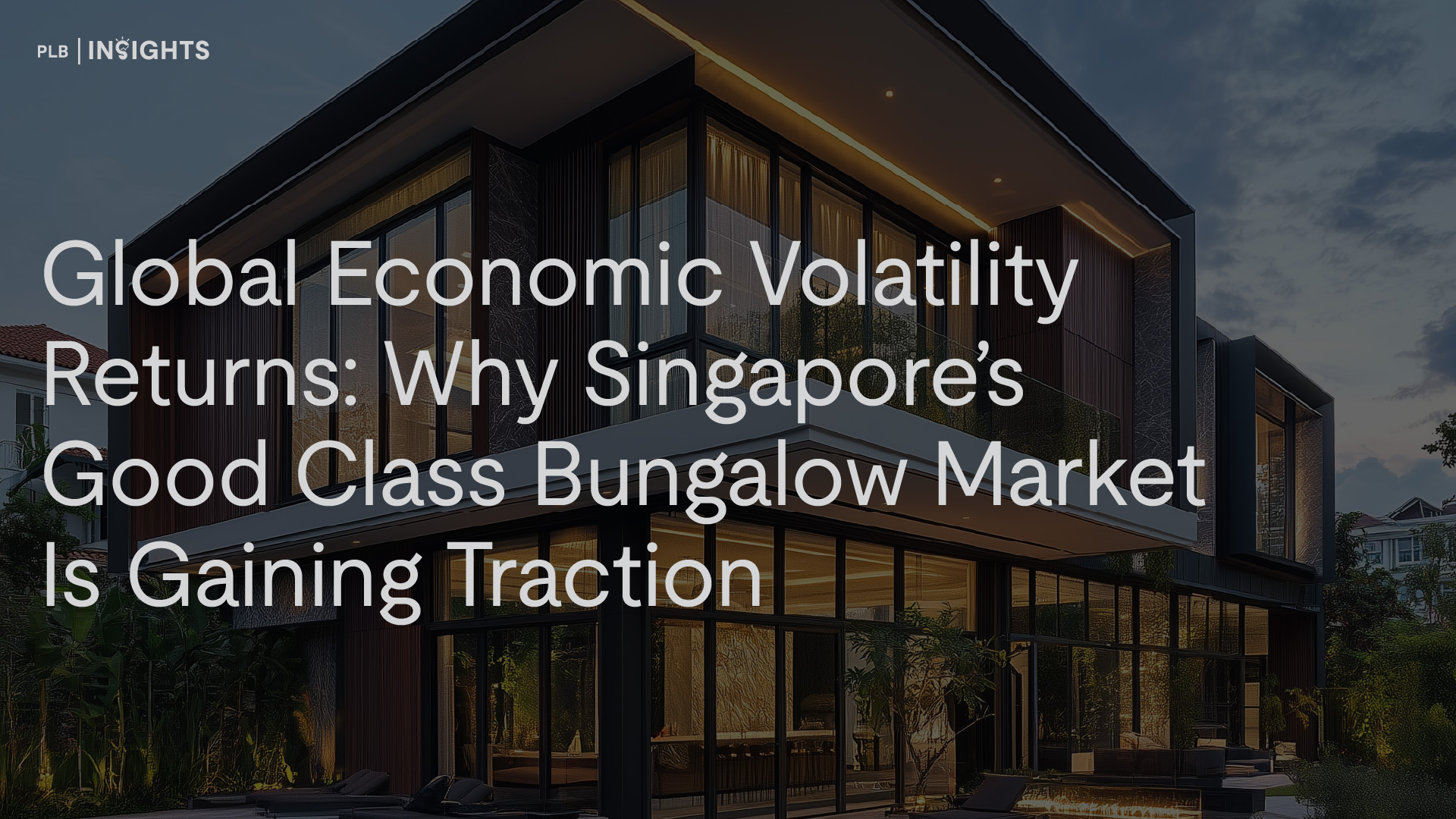
Singapore’s pure landed property market has long been viewed as a cornerstone of stability amid global economic uncertainties. Yet, as international liquidity cycles shift, driven by factors such as quantitative easing and tightening, discerning how these movements impact Singapore’s landed homes becomes crucial for informed investment and home-buying decisions.
In this article, we explore how Singapore’s pure landed districts—Bukit Timah (District 10), East Coast (District 15), Serangoon and Hougang (District 19), and Seletar/Yio Chu Kang (District 28)—navigate these global liquidity cycles, examining their resilience, growth trajectories, and investment opportunities.
Global Liquidity: Quantitative Easing vs Quantitative Tightening
To clearly grasp the impact of global liquidity, it is vital to understand two key monetary policies:
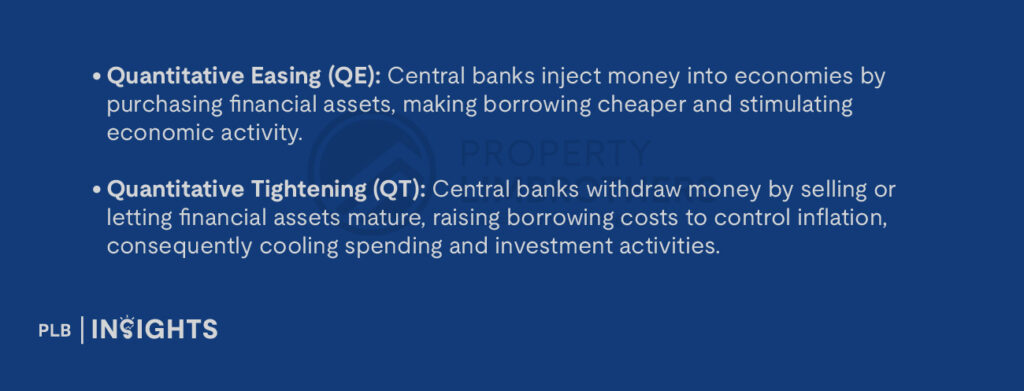
The transition from QE to QT can lead to tighter financial conditions, dampening economic sentiment globally and potentially influencing real estate markets.
Singapore’s Pure Landed Homes: Stability Amid Global Shifts
Despite external fluctuations, Singapore’s pure landed homes consistently demonstrate robustness, underpinned by several key characteristics:
Inelastic Supply Dynamics
With only around 73,000 pure landed homes (comprising roughly 5% of Singapore’s residential stock), supply is constrained due to strict zoning regulations. This finite supply inherently safeguards against substantial price declines during economic downturns.
Strong Domestic Demand
Landed homes in Singapore primarily cater to local citizens due to heavy restrictions on foreign ownership (e.g., a 60% ABSD rate for foreigners). Local demand remains buoyant from:

High Holding Power
Owners of landed properties typically have robust financial profiles and are unlikely to sell under economic duress. This significantly stabilises price points, even amidst market uncertainty.
Sustained Historical Growth
District-specific historical data underscores the resilience and growth consistency across Singapore’s landed market:
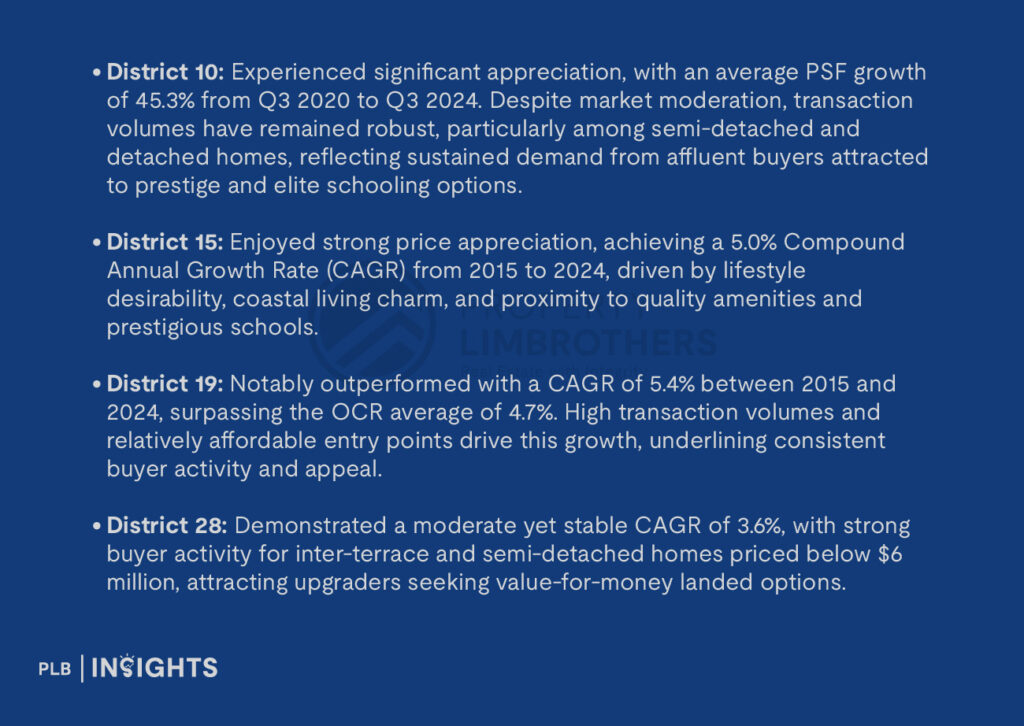
Impact of Global Liquidity Cycles: A Multi-Phase Perspective
Short-Term (Caution Amidst Tightening Liquidity)
Immediate impacts of a shift towards quantitative tightening typically include higher mortgage rates, reduced affordability, and more cautious buyer sentiment. Transaction volumes may see short-term dips, particularly in high-value districts like Bukit Timah, as buyers pause to assess financial conditions. However, significant price corrections are unlikely due to strong holding power among current owners.
Medium-Term (Strategic Recovery & Demand Revival)
As liquidity stabilises, global economic conditions often improve, revitalising buyer sentiment. Mid-range districts like D19 and D28, offering comparatively lower entry prices and healthy liquidity (e.g., inter-terrace homes in D28 have absorption ratios as low as 1.79 months), will likely experience swifter recoveries as upgraders and prudent investors re-enter the market.
Long-Term (Consistent Capital Appreciation & Wealth Preservation)
In an environment of ongoing geopolitical and economic volatility, Singapore’s stable governance and constrained landed home supply will continue to attract investor confidence. Historical patterns support sustained long-term appreciation, reinforcing pure landed homes as a solid, wealth-preserving asset.
District-by-District Analysis: Navigating Liquidity Impacts
District 10: Premium Stability
Prestigious reputation, exceptional schooling options, and strong demand among affluent families continue to insulate District 10 from severe volatility. Its historical appreciation underscores its resilience as a premium investment, particularly for those seeking stable capital preservation.
District 15: Lifestyle-Driven Resilience
District 15’s charm—combining heritage, coastal lifestyle, and robust local amenities—ensures ongoing demand from families prioritising quality living, ensuring continued capital appreciation even amidst fluctuating liquidity conditions.
District 19: Liquidity and Affordability
High transaction volumes and accessible entry prices position D19 as a vibrant, resilient district. With an impressive 5.4% CAGR, D19 maintains investor appeal through steady price growth and robust liquidity, attractive particularly during economic recoveries.
District 28: Accessible Entry Points
D28 offers attractive entry points for buyers seeking affordable pure landed homes. Its stable transaction volumes, especially for inter-terrace and semi-detached homes, signal enduring demand, ensuring price stability and long-term appreciation potential.
Final Thoughts: Stability Through Volatility
Singapore’s pure landed homes have historically proven their resilience against global economic shifts, particularly amidst changes in global liquidity cycles. The combination of constrained supply, consistent local demand, high owner holding power, and strategic district attributes collectively reinforce their role as robust long-term investment choices.
Understanding these district-specific dynamics and aligning investment strategies accordingly can enable investors and homebuyers to confidently navigate Singapore’s pure landed market, leveraging opportunities even amid global financial uncertainties.
Navigating Singapore’s landed property market doesn’t have to be daunting. Our experienced consultants are here to provide personalised guidance and expert insights, ensuring a smooth journey to finding your ideal home. Whether you’re seeking a legacy investment or a dream property for your family, we’re ready to help you make the right choice. Contact us today to turn your aspirations of owning a landed home into a seamless and rewarding reality.
Thank you for reading, and stay tuned! For more detailed insights regarding the landed property market, join our Landed VIP Club and stay updated with the latest market trends and expert advice.


